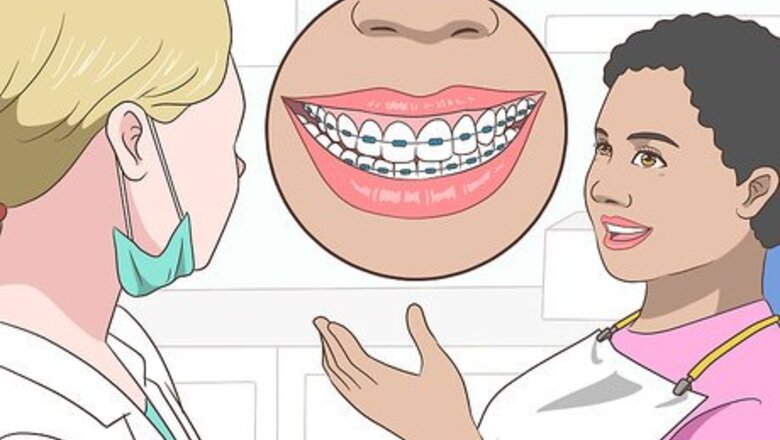
views
Treating Mild and Moderate Underbites

Ask your orthodontist about braces. Braces are a common fix for many underbite problems. The amount of time that you need braces will depend on the level of your underbite, as well as any other dental complications you may have. Talk to your dentist or orthodontist to see if braces might be a good option for you. Metal braces are commonly used to treat underbites, but clear braces such as Invisalign may also be an option for mild to moderate underbite problems. Talk to both your orthodontist and your dental insurance provider to find the right option for you.
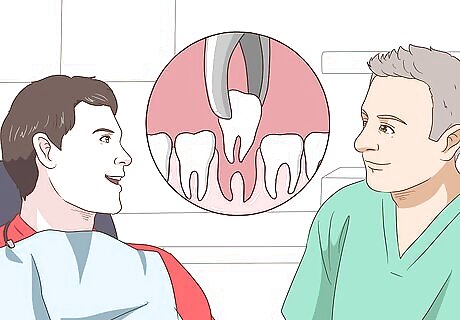
Talk to your dentist about tooth extractions. A tooth extraction is a common starting point for correcting underbites in adults. Getting rid of teeth crowding the jawline can decrease the overall pressure, allowing the remaining teeth to move into the correct alignment. This process is usually a quick procedure performed by your dentist in their office. For an extraction, your dentist will use a local anesthetic in the area of the tooth to be pulled. Once the area is numb, they use a series of tools to loosen the tooth in its socket and pull it out. Due to the anesthetic, you shouldn't feel anything beyond a slight pressure.
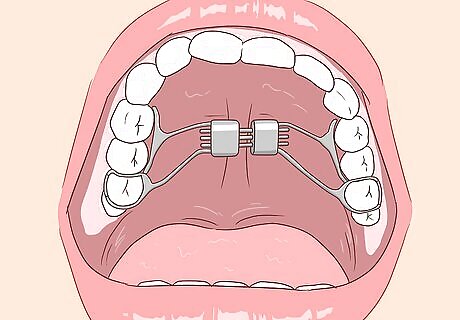
Look into an upper jaw expander. Upper jaw expanders are usually fitted across the top of your mouth and held into position using your upper molars. These mechanical devices are adjusted daily to help slowly pull the lower jaw into the correct alignment. An expander is fit by your orthodontist. After it’s in, you use a key to control the expansion. A key is made up of a plastic handle and a metal tip that fits into the expander. Your orthodontist will show you how to insert and use the key when to adjust the expander. You will still have regular appointments with your orthodontist to ensure that expansion is going properly. Generally, expanders are worn for about 3-6 months. They may be a little uncomfortable when they are first fitted, but many people say expanders are more comfortable than braces.
Correcting Severe Underbites

Wear a chin cap while you sleep. Chin caps are external devices that limit the growth of the lower jaw. These caps are fit to your individual chin, and wrap around to connect to straps that run from the side to the back of the head. Chin caps are generally only worn for a portion of the day. Often, they may only be worn while sleeping. Chin caps need to be prescribed and fit by your orthodontist.
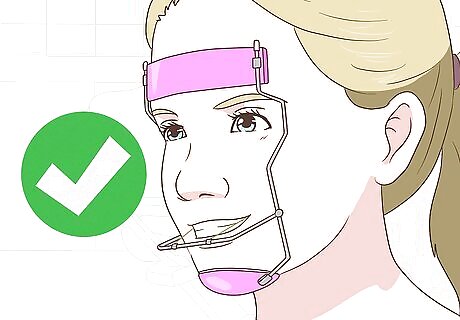
Try a reverse face mask. Reverse face masks, or RFMs, are external devices with a forehead rest, a chin rest, and metal bar that attaches to the upper row of teeth. This device is prescribed by an orthodontist and worn part-time to pull the upper row of teeth into the correct position. RFMs are about as effective as chin caps for underbite corrections.
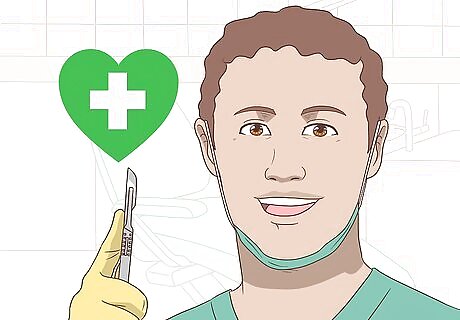
Talk to your dentist about surgical correction. In the case of very severe underbites or underbites in older patients, surgical correction may be necessary. The procedure will ultimately be done by an oral surgeon, but the process generally starts with a consultation at your dentist’s office to see you would be a strong candidate. If so, they will recommend you to a specialist in your area. You may also want to talk to your dental insurance provider to see how much of the surgery costs will be covered. The general process for surgically correcting an underbite involves separating the bone in the rear portion of the jaw and modifying it so that the lower, tooth-bearing portion can be moved for proper alignment. Surgical treatment may be performed as a singular correction, or as in addition to other corrections such as tooth extractions or braces.
Making Cosmetic Corrections
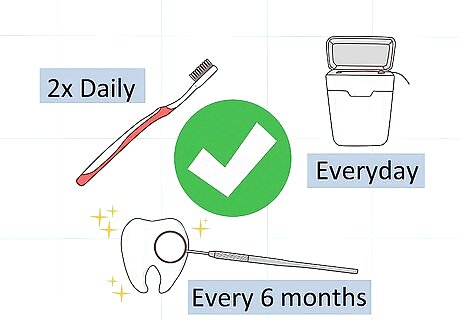
Practice good oral hygiene. Clean teeth won’t fix an underbite, but they can make it less conspicuous. Brush your teeth twice daily, floss every day, and go in for a dental cleaning every 6 months.
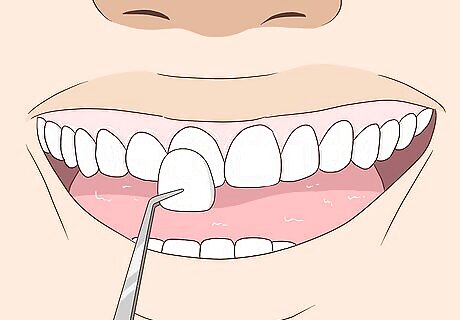
Consider veneers for a mild underbite. For a very mild underbite, adding veneers to the upper teeth may help correct the visual problems associated with an underbite. This won’t do anything to correct the actual bite or jaw alignment, it will only treat cosmetic issues. Veneers are very thin, white porcelain shells that are bonded to the front of your teeth to help adjust their color, size, shape, and/or length. Your dentist can adjust individual veneers to ensure they are the correct size and shape for your smile. It’s completely normal to be self-conscious about the appearance of an underbite. If your biggest concern is how your underbite impacts your smile, veneers may be a good choice for you. If your underbite impacts the alignment of your teeth or how you eat, or if it causes you any kind of pain, you will need a more intensive treatment than veneers.
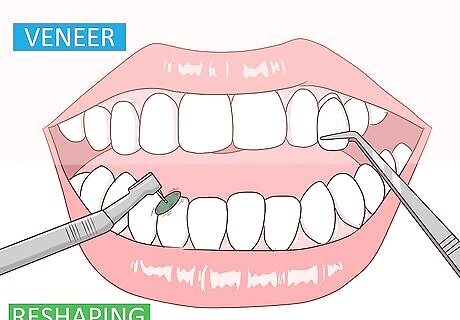
See if your dentist offers “Facelift” dentistry. A process currently called “Facelift” technology uses a mix of reshaping the lower teeth and adding veneers to the upper teeth. Practicing dentists claim that this improves the appearance and the jaw function of mild to moderate underbites. Since this is a new practice, it is not offered everywhere. It’s long-term results and effectiveness have also yet to be proven.











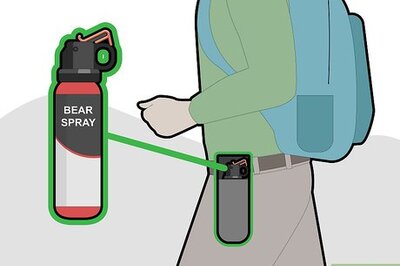







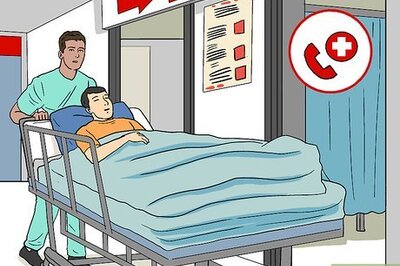
Comments
0 comment